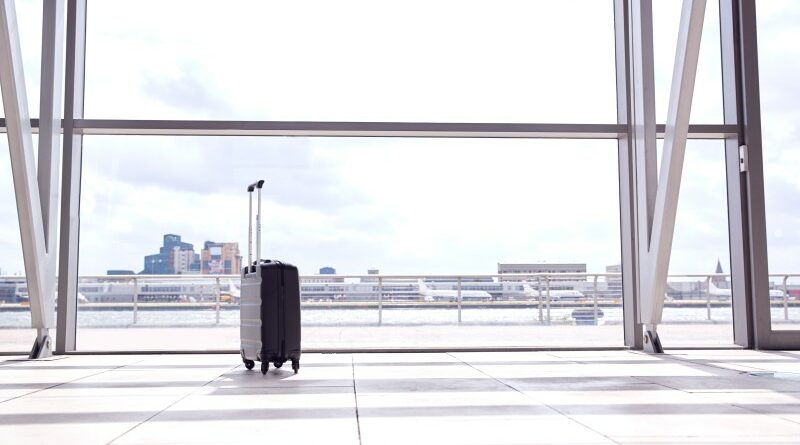Biometric Cards: Another Milestone In Airport Security
The following guest post comes from Air Charter Network Australia, who provides a superior level of privacy, safety, service and reliability for private air charter both domestically and internationally.
Those interested in chartering aircraft or airplane charter will be delighted to hear that the Canadian Air Transport Security Authority has announced that the dual biometric airport identification system in the world is now fully operational at 29 of the largest airports in Canada. The smart card authentication system, known as the Restricted Area Identity Card, has been issued to more than 90,000 workers at the airport who have access to restricted areas in the airport. The president and Chief Executive Officer of the Canadian Air Transport Security Authority expressed pleasure at the exciting new biometric security solutions. “In partnership with Transport Canada and the airport authorities, we have created an innovative biometric program that leads the world in airport security for non-passengers,” he said in an interview.
The new smart card authentication system is comprised of a small biometric chip, a processor and a memory in which to store templates of the iris and fingerprints. In addition to the card, airport authorities are also using iris and fingerprint readers, as well as a network to connect a central database with all 29 of the airports.
 The Canadian government takes airport security very seriously. They have decided to integrate a multi-facted approach to their security to make sure that multiple measures are in place to ensure the security of the airport. The Restricted Area Identity Card will be used to ensure that the individual to whom the card was issued is the individual who is actually showing the card at the access point within the airport. Additionally, the new card can be used to verify if the individual who was issued the card still has an active security clearance and if the card is still valid.
The Canadian government takes airport security very seriously. They have decided to integrate a multi-facted approach to their security to make sure that multiple measures are in place to ensure the security of the airport. The Restricted Area Identity Card will be used to ensure that the individual to whom the card was issued is the individual who is actually showing the card at the access point within the airport. Additionally, the new card can be used to verify if the individual who was issued the card still has an active security clearance and if the card is still valid.
The first phase of the Restricted Area Identity Card deployment will be focused on areas inside the Air Terminal Buildings. The second phase will be addressed to other locations within the security perimeter of the airport, including fixed base operations, tenant facilities and vehicle gates.
In order to gain access to restricted areas, the worker at the airport will swipe the Restricted Access Identity Card before the scanner. Next, he or she will scan either the iris or the fingerprint. The fingerprint or iris must be the same as those in the identity card’s template, otherwise access to the facility will be denied. Prior to the use of a Restricted Area Identity Card, passes to restricted areas had to be manually verified by a security agent at the secured area. The use of a Restricted Access card makes it easy to identify the user through biometric and card matching. It’s also a quick way to verify that the user’s clearance issued by the Transportation Security is still valid. The technology was both developed and deployed by the Canadian Air Transport Security Authority. The goal of the new card is to protect the general public by ensuring that critical elements of the air transportation system are protected.
The unique biometric aspect of the new card enables the airport to easily verify the worker’s identity and make sure that all security clearances are current. Airport workers are only issued the biometric card after being cleared by Transport Canada. The new card will be issued to those who are not passengers such as pilots, maintenance workers, ground crews, caterers and flight attendants.












